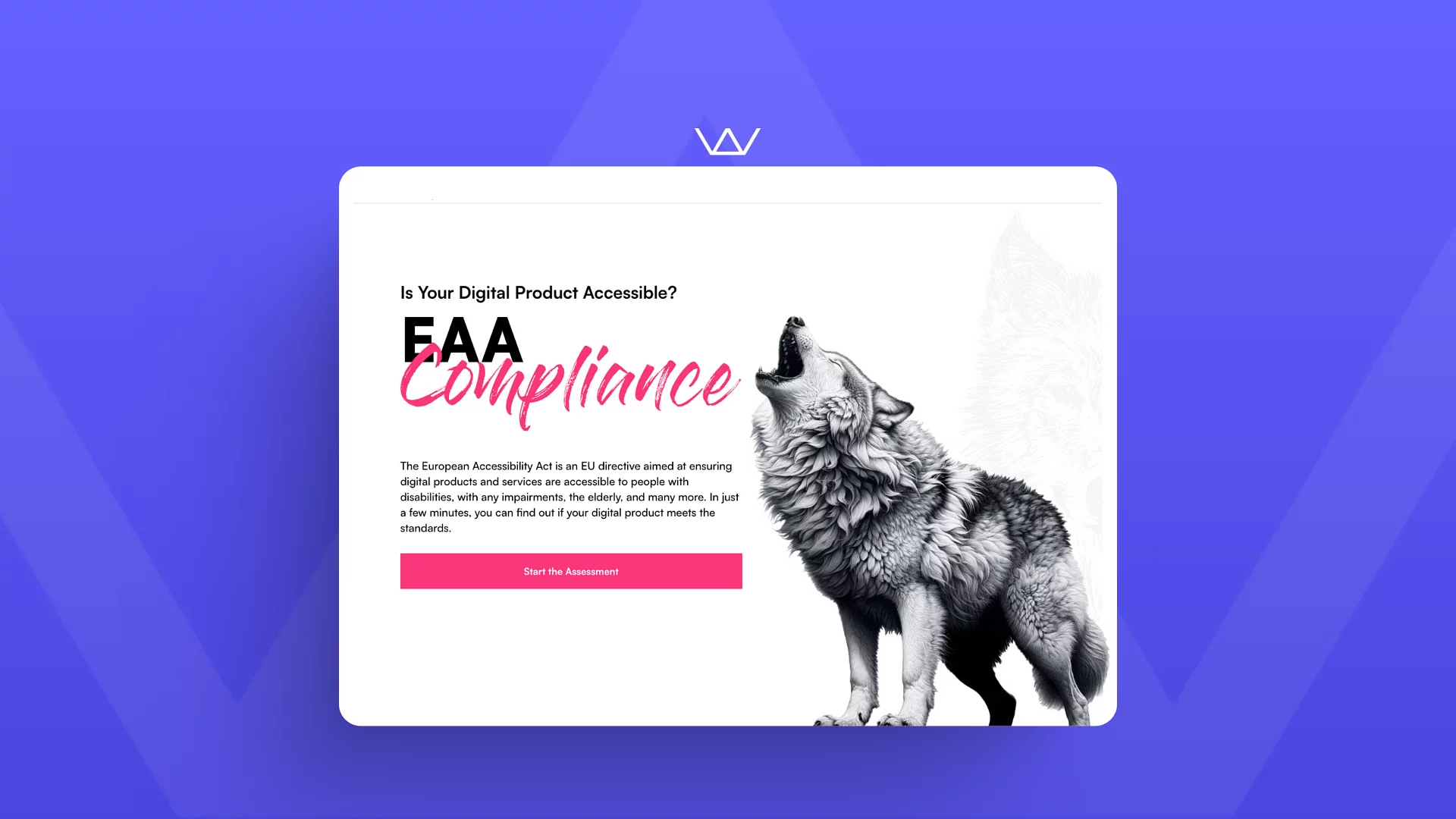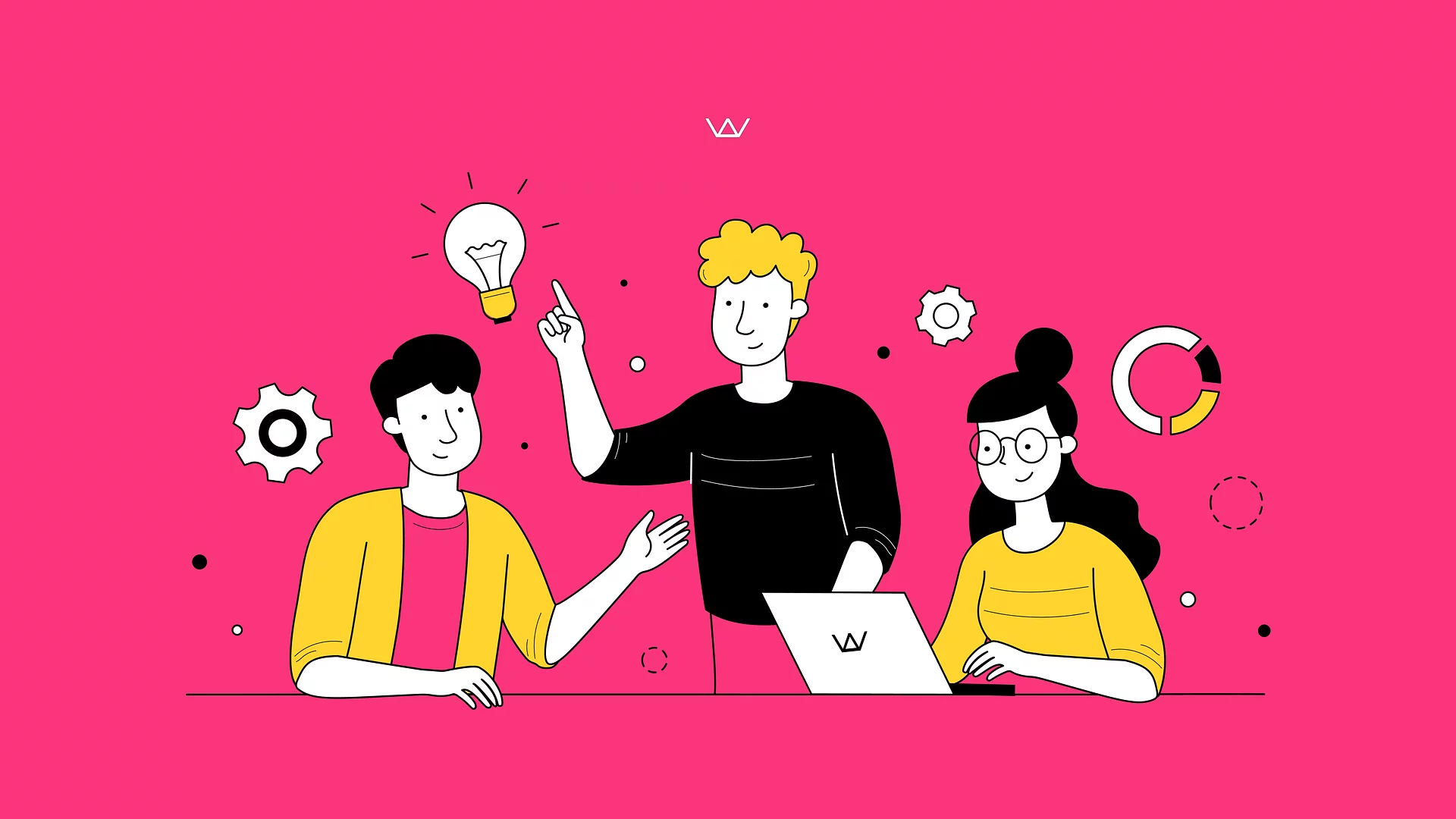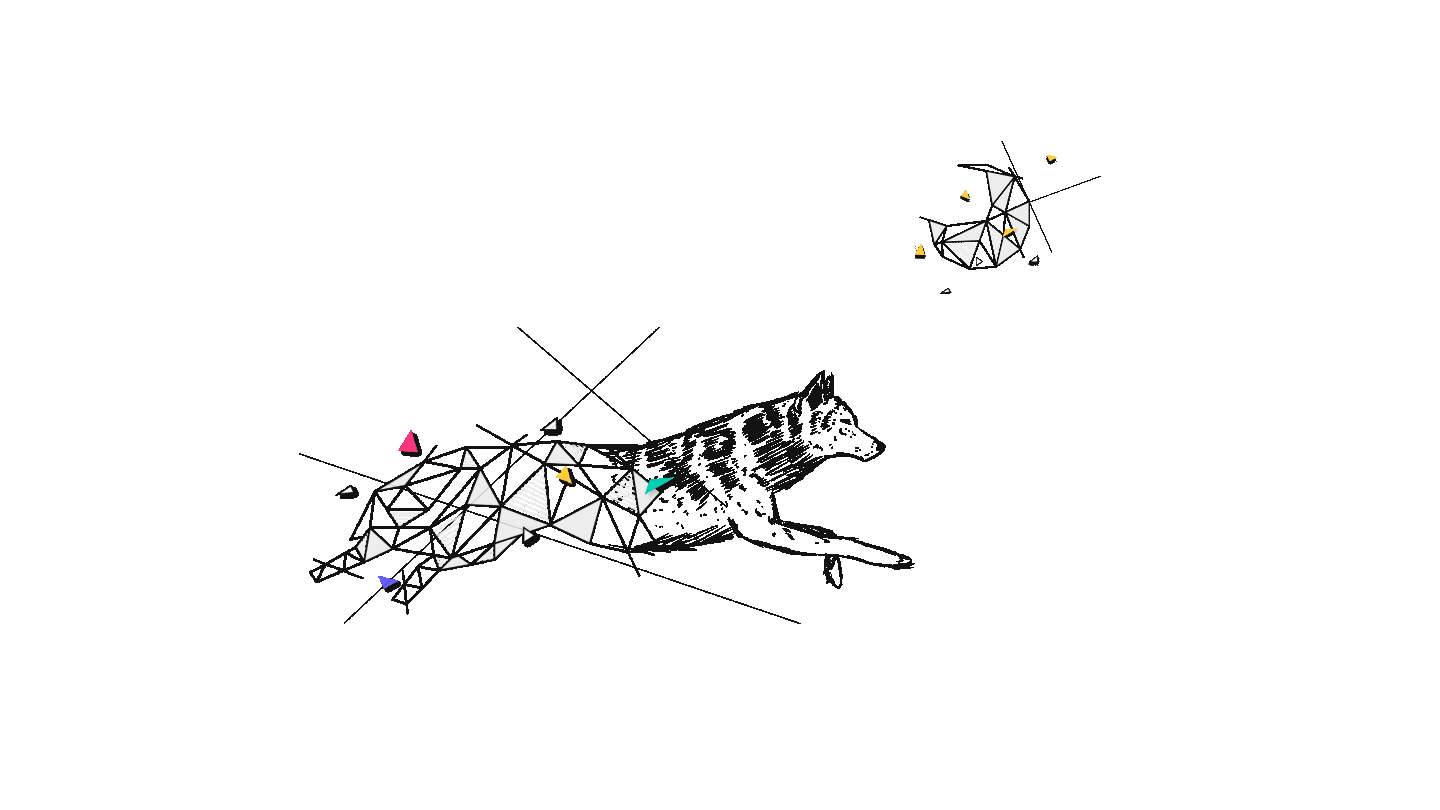
2022 Design Trends: The state of UX/UI design in the post-COVID era
Cristian
Head of UX/UI Design
4 min
Dec 10, 2021
Here we are at the end of another great, yet challenging year in design. The past year has not only opened new possibilities for this industry, but also pushed us to think more creatively, and design in a more ethical manner, which is pretty awesome! In 2022, all of this and even more is going to become increasingly relevant.
With the launch of Metaverse and a general openness to AR, VR, and MR, as well as the strong behavioral change of the market in how we consume content and use apps, what follows is going to be a pretty interesting year for design.

AR this, VR that
As mentioned in both design trends articles we’ve written for the past 2 years (2020 and 2021), the world is slowly transitioning to VR/AR/MR. We’ve seen it all around us, from HoloLens to IKEA Place to Apple launching devices with LiDAR scanners, to Facebook...*uhm, pardon me*, Meta launching the idea of the Metaverse, VR and AR are closer and closer to being the standard in what, how, and where we shop, consume content or altogether interact with the digital world.
Leaving aside the commercial aspect of it, VR/AR/MR brings endless possibilities to critical industries, such as healthcare, engineering, architecture, and yes, even design. Just imagine creating a VR Interface directly in VR. That sounds like a lot of fun, while also making you consider the limitations of a headset more. For example, think about its weight and how that affects the overall experience for the end-user.

The rise of ethical design
Ethical design is thankfully more and more on people’s lips and tweets, which is absolutely great. In the past year(s) we’ve seen a radical change in how people use apps, interact with devices, and consume content.
The market is changing, especially in the post-COVID era where everything moved to the digital, from office interactions to hanging out with friends. Therefore we have to think even more about
the current state of digital design and take into consideration new ways of working and living so that we avoid putting even more stress on the people using our products. Zoom fatigue is a real struggle and having digital products that put engagement above all is not the way to go. Instead, focus on creating useful, efficient, and above all, meaningful products for your customers.
You can read even more about the positive impact of ethical design on stress levels in a recent article we’ve published on the subject.

Design — but even more inclusive
University of Cambridge’s take on inclusive design is one of my favorites and very well put:
“Every design decision has the potential to include or exclude customers. Inclusive design emphasizes the contribution that understanding user diversity makes to informing these decisions, and thus to including as many people as possible. User diversity covers variation in capabilities, needs and aspirations.”
So, in 2022 we, as designers, have to create products that cater to as many people as possible. A single design decision can either make the people’s lives easier, or easily make them feel excluded because they simply cannot use the product as intended, or even worse, they can’t use it at all.
At the same time, in the past two years we’ve seen how pretty much every business and NGO has transitioned in the digital world, therefore, taking into account who your audience is, without appropriate research during the design phase, you can easily make people feel excluded by your use of imagery, or as simple as the use of colors which might mean different things in different cultures. We are all global citizens of the world, so let’s create products that cater to this audience.

Storytelling through 2022
A great design tells a story, and one of the best app designs encrypts its narrative waiting for the user to explore. And as we’re taking into account what I mentioned above, we’re already surrounded by a lot of information, and to be frank, most of it is just noise. What’s missing?
Well, storytelling. If anyone ever asks me what makes a good design, this will be my top answer. Why? We humans are emotional, empathic beings. We crave meaning in everything we do, read, watch, and create. That’s why a great design will tell a story, a meaningful one, and not just look pretty.
Especially in the recent past, we faced the challenge to design great digital experiences that take into account human emotions. And there’s no such thing as perfect. Don’t even start designing with perfection in mind, but rather let the design tell a story, let it have a meaningful, rational narrative in such a way that people experiencing it will also get into a state of flow. To do that we can make sure that we cater to the people’s behavior and certain emotions they have in particular moments when using your product and reflect those emotions in the design. This way the information becomes something meaningful that people resonate with.
To sum up, 2022 looks like a great year to be a designer. I’m personally super excited for what’s to come in terms of design and new ways to experience it. Here’s to creating even more great products and solving problems through meaningful design.
Here at Wolfpack Digital, we love a challenge and especially solving problems through great design, where we put ethics, privacy, and user experience first in everything single product we build while also encouraging our partners to follow the same approach. Don't believe us? Check out the products we’ve built, and the journey behind each one of them!
Illustrations by Alzea
pack knowledge

Is your digital product ready for the European Accessibility Act (EAA)? Take the assessment to find out!
Oana
Marketing Specialist
5 min
Mar 20, 2025
With the 2025 deadline approaching, ensuring your website or app meets accessibility standards is important. Our free EAA assessment helps you quickly check compliance and identify areas for improvement. At Wolfpack Digital, we specialize in making digital products accessible, user-friendly, and future-proof. Take the assessment today and ensure your platform is inclusive for all users!

How Much Does Web Development Cost? A Complete Guide
Oana
Marketing Specialist
10 min
Feb 26, 2025
Building a website is more than just designing pages—it’s about creating a functional, high-performing, and scalable digital presence that meets your business goals. Whether you're launching a simple business website, an e-commerce store, or a custom web platform, the cost and approach will vary based on complexity, functionality, and long-term needs.

UX/UI Design: Collaborating with a Software Development Agency When You're New to the Game
Cristian
Head of UX/UI Design
7 min
Feb 18, 2025
This guide will walk you through every stage of the UX/UI design process, from the initial conversation to launching a product you can be proud of. Understanding the design thinking process, which includes empathizing, defining, ideating, prototyping, and testing, is crucial for creating user-friendly products and solutions.


Brief us and let’s work together
